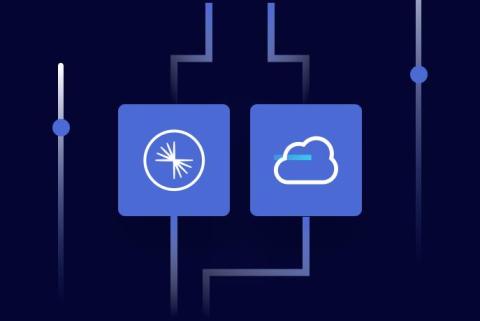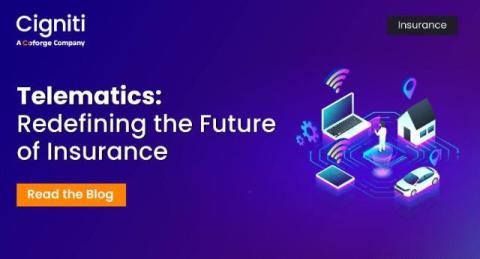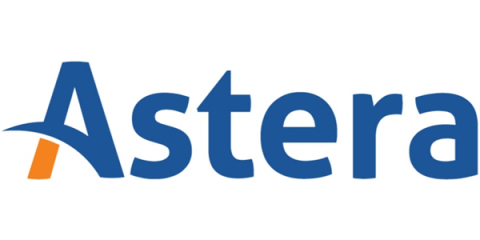Top Benefits of Claims Process Automation
Today’s policyholders expect fast and reliable insurance service tailored to their needs. Claims organizations need to accurately and efficiently manage claims while balancing the growing demand for speed and reliability. However, operational bottlenecks and lack of business agility continue to delay claims resolutions and increase costs. Leading insurance companies are turning to process automation to improve customer satisfaction and employee experience.










